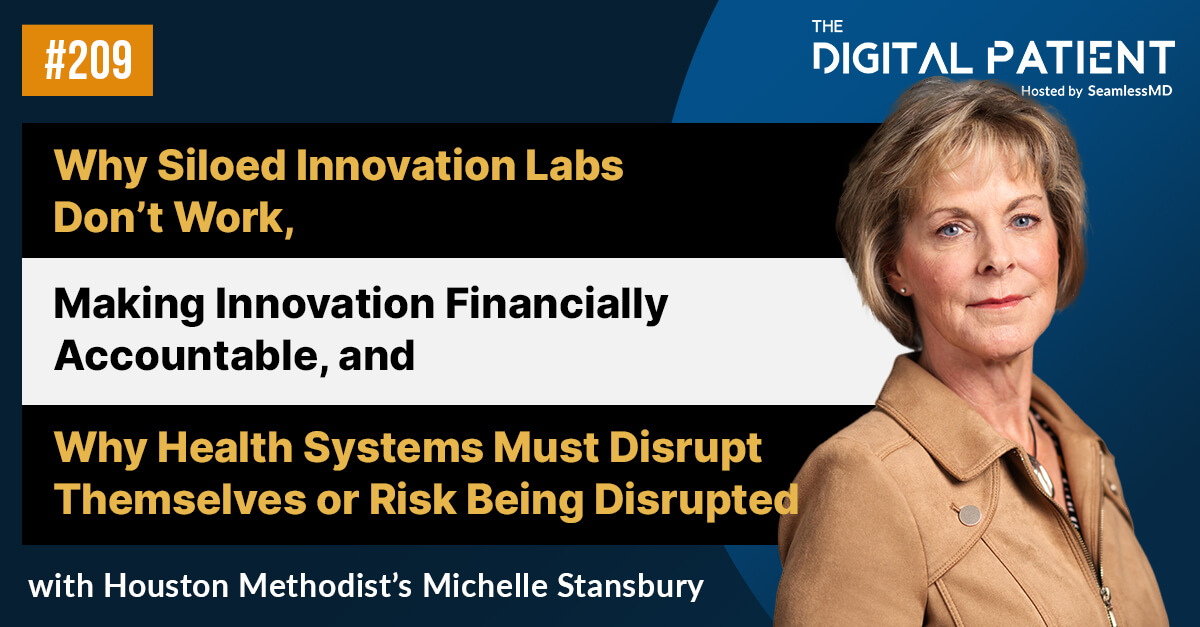In the final weeks of Summer, the Society of Thoracic Surgeons held a Summer Series webinar on “Addressing the Cardiac Surgery Opioid Crisis” moderated by Rakesh C. Arora, MD, PhD, and Michael C. Grant, MD, MSE, with panel experts such as Daniel T. Engelman, MD. The full webinar (link) explains why Cardiac surgery has been an under-recognized contributor to the opioid epidemic and shared strategies for minimizing the role of opioids in the perioperative management of cardiac patients.
In his presentation explaining “Why is this even an issue?”, Dr. Engelman shares his experience using SeamlessMD to guide patients before and after Cardiac Surgery, tracking various patient-reported outcomes including opioid consumption (a metric that is notoriously difficult to measure post-discharge), and explains how his Cardiac team is then able to leverage this data to safely reduce opioid prescriptions.
Dr. Engelman’s presentation from STS Summer Series Webinar:
Dr. Engelman's presentation from the STS Summer Series Webinar: Addressing the Cardiac Surgery Opioid Crisis, "Why is this even an issue?"
Presentation Section 1 - Current state of Opioid Use in Cardiac Surgery:
[00:16] Dr. Engleman cites a study from the University of Michigan indicating that over 80% of preventable mortality and morbidity in cardiac surgery occurs outside of the operating room (Link to study);
[00:37] Dr. Engelman states that surgery is a significant risk factor for chronic opioid dependence and that Cardiac surgery results in more opioid users than any other subspecialty (8-12% of cardiac patients become chronic users);
[01:07] Dr. Engelman backs his previous claim by citing various studies showing 9.8-12.8% of patients become chronic opioid users (still refilling prescription 90 days post-op), patients given a dose of 300+ Oral Morphine Equivalents (OMEs) were at an increased risk of dependence, 35% of Cardiac surgery patients receive no opioids 24-hr prior to discharge yet 45% receive opioids when they leave the hospital, and that surgery patients in the United States receive far more opioids than Canada and Sweden. (Study 1) (Study 2) (Study 3) (Study 4) (Study 5);
[02:45] Dr. Engelman addresses opioid-induced hyperalgesia and shares a meta-analysis showing several studies demonstrating increased opioid requirements and worsened pain scores in patients exposed to high-dose intraoperative opioids (Link to study);
[03:20] Dr. Engelman states that soaring rates of opioid misuse, diversion, dependence, overdose, and death of Americans have been the unintended consequence of a combination of good intentions, perverse incentives, and a lack of evidence-based guidelines for best practice;
[03:40] Dr. Engelman shares a letter he received in May 2019 from CMS indicating that he was prescribing too many opioids post-discharge;
Presentation Section 2 - Using Digital Patient Engagement & PRO Platforms to Track Opioid Use:
[04:40] Dr. Engelman shares how his Cardiac program uses a Digital Patient Engagement platform (SeamlessMD) to guide patients pre- and post-operatively via phones, tablets, or computers, and to collect patient-reported outcomes measures in real-time such as pain, anxiety, and opioid consumption;

[04:55] Dr. Engelman explains how he uses SeamlessMD to benchmark Patient-reported outcomes with other leading Cardiac centers so they can collaboratively improve pain management and determine best practice;

[05:25] Dr. Engelman shares how the SeamlessMD Cardiac Collaborative has monthly conference calls to discuss patient-reported outcomes and to inquire and share specific practices and protocols;

[06:50] Dr. Engelman ends the presentation by mentioning an internally-developed solution to measure and manage intraoperative opioid utilization;
Additional relevant resources:
- Click here to read a Case Study regarding Dr. Engelman & Baystate Health’s results achieved with SeamlessMD for their Cardiac Enhanced Recovery After Surgery (ERAS) program
- Key Results at a glance:
- ↓ 0.9 days LOS
- ↓ 72% Readmissions
- ↓ 69% Observation stays
- ↓ 13% ED visits
- ↓ 60% Discharge to SNF
- More information on SeamlessMD Multi-center PRO Quality Collaboratives
- Podcast episode on Using Digital Patient Engagement For The Opioid Crisis featuring Digital Patient Engagement expert, Dr. Joshua Liu, co-founder & CEO at SeamlessMD
- Highlights include:
- How research by the University of Michigan Health System showed 73% of opioid pills for surgery go unused (link to research);
- How SeamlessMD reduces opioids by tracking patient consumption data so that teams can make data-driven decisions to reduce prescription (link to more info); and
- How SeamlessMD and Digital Patient Engagement platforms complete the data equation necessary for machine learning to personalize patient care and predict patient outcomes;
For more information and to see SeamlessMD in action, please visit: www.seamless.md.
.svg)









.png)
